Montague Dawson
1895-1973 | British
In The Trough Of The Waves, The Clipper Oberon
Signed “Montague Dawson” (Lower Left)
Oil On Canvas
Montague Dawson, Arguably The Most Important Maritime Painter Of His Generation, Possessed An Incomparable Talent For Rendering Ships At Sea With Unparalleled Energy And Vitality. His Dynamic Seascapes, Like In The Trough Of The Waves, The Clipper Oberon, Perfectly Realize The Grace Of Historic Ships, Enhanced By The Artist’S Mastery Over Composition. Depicted Against The Might Of The Ocean, The Sailing Vessel Appears To Rise Up On The Waves As It Glides Effortlessly Through The Water.
The Ship Dawson Renders Here, A British Clipper Ship Weighing 1,194 Tons, Was The Oberon. Built In Glasgow, Scotland In 1869, The Oberon Was Originally Built To Be A Steam Clipper Before She Was Converted Into A Sailing Vessel. A Newspaper Article From The Daily Alta California On October 8, 1876 Explains That The Ship Was Used For Shaw &Amp; Maxton’S China Tea Clipper Line, Running Routes To Australia And New Zealand To Assist In The Chinese Tea Trade To Europe And The United States.
On The Ship, The Daily Alta Writes Of The Oberon: “Her Planking, Of Teak-Wood, Is As Smooth As Glass, And With Her Beautiful Entrance And Fine Run, There Is Nothing To Prevent Her From Sailing. Her Great Length (241 Feet, With A Beam Of But 36 Feet,) Gives Her Good Sailing Power, And That She Possesses This Power In A Remarkable Degree. […] Nothing But Teak Is Used In The Construction Of The Vessel’S Fittings. A Fine Piece Of Carving Extends Across The After Part Of The House On Deck, Illustrating The Legendary Of ‘Midsummers’ Night’S Dream,’ From Which The Name Of The Vessel Was Taken.” Dawson Captures The Boat From A Distance, Rendering Not The Beauty Of The Teakwood Carvings, But Certainly The Imposing And Glorious Presence Of The Oberon Under Sail.
The Son Of A Keen Yachtsman And Grandson Of Marine Painter Henry Dawson, Montague Dawson Spent Much Of His Childhood On The Southampton Water, Where He Was Able To Indulge His Interest In The Study Of Ships. Naturally Gifted At Drawing And Painting, The Self-Taught Dawson Became A Member Of An Art Studio Group In Bedford Row, London. By The Age Of 15, He Was Working On Posters And Illustrations To Earn A Living. For A Brief Period Around 1910, Dawson Worked For A Commercial Art Studio In London, But With The Outbreak Of World War I, He Joined The Royal Navy. Dawson Was Present At The Final Surrender Of The German Grand Fleet, And Many Of His Illustrations Depicting The Event Were Published In The Sphere.
After The War, Dawson Established Himself As A Professional Marine Artist, Concentrating On Historical Subjects And Portraits Of Deep-Water Sailing Ships. During The Second World War, He Was Employed As A War Artist And Again Worked For The Sphere. Dawson Exhibited Regularly At The Royal Society Of Marine Artists And The Royal Academy From 1917 To 1936. By The 1930S, He Was Considered The Greatest Living Marine Painter. His Patrons Included Two American Presidents, Dwight D. Eisenhower And Lyndon B. Johnson, As Well As The British Royal Family.
Early 20Th Century
Canvas: 28 1/8″ High X 42″ Wide
Frame: 34 6/8″ High X 48 3/4″ Wide X 2 1/4″ Deep
Literature:
L.G.G. Ramsey, Montague Dawson, Rsma, Frsa, 1970, P. 43. Ron Ranson, The Maritime Paintings Of Montague Dawson, 1993, Illustrated P. 90.
Sale!
Fine Art M.S. Rau | In The Trough Of The Waves, The Clipper Oberon By Montague Dawson
$90.00


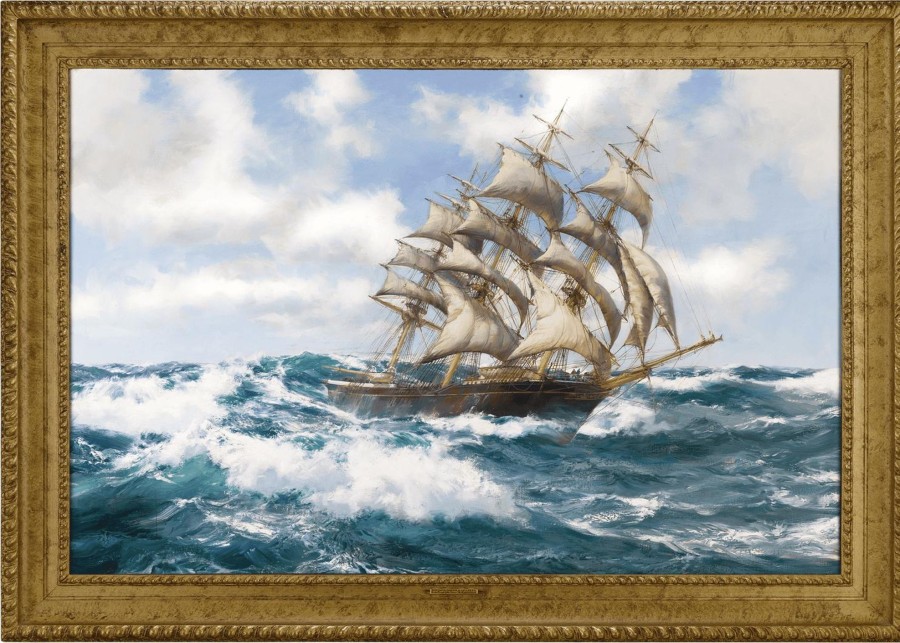

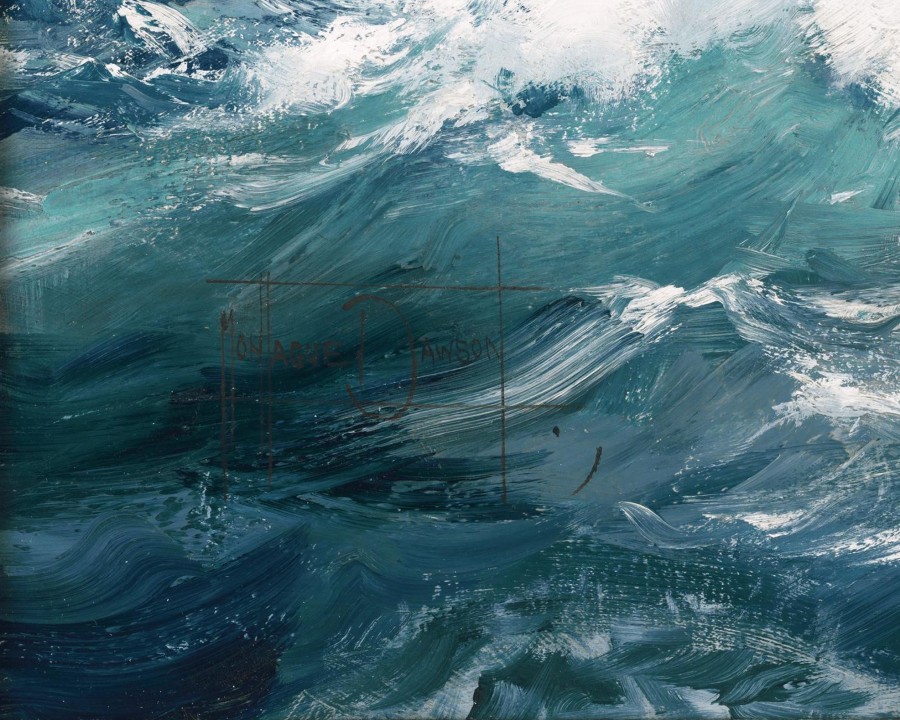
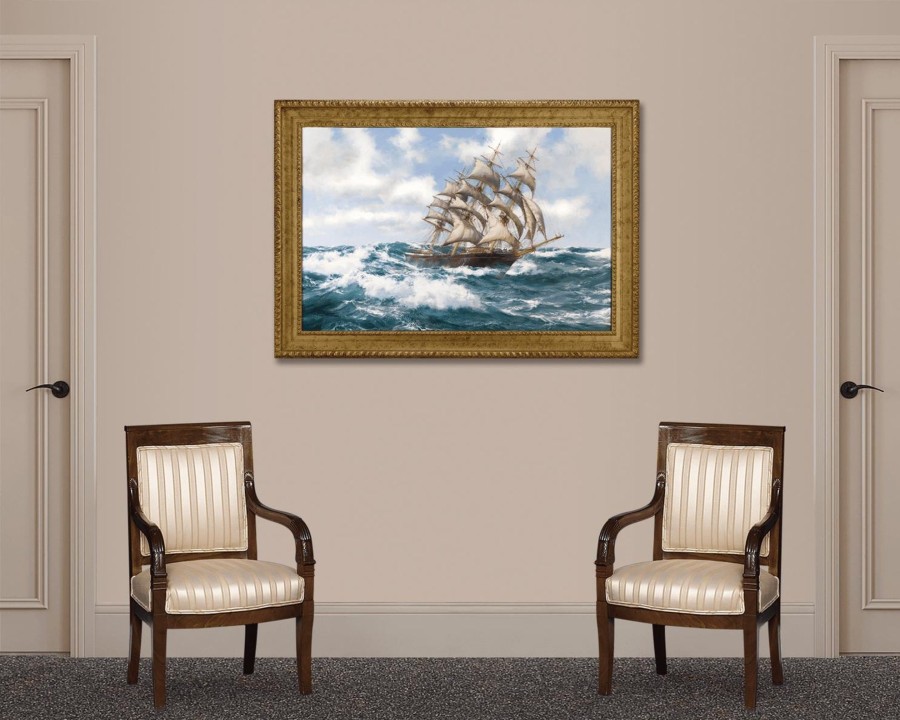

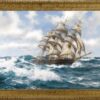
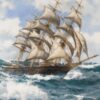

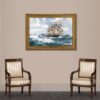



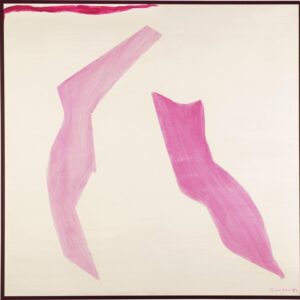
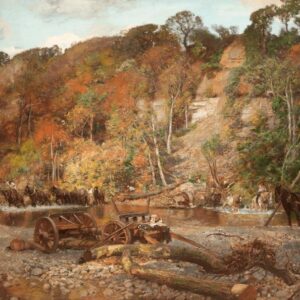

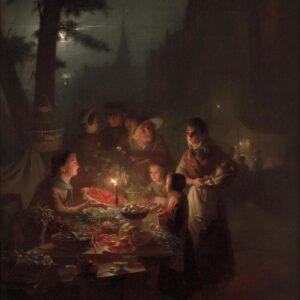
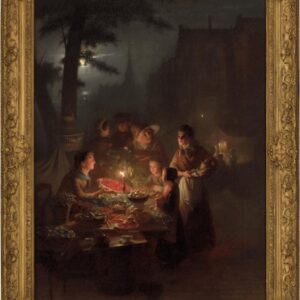
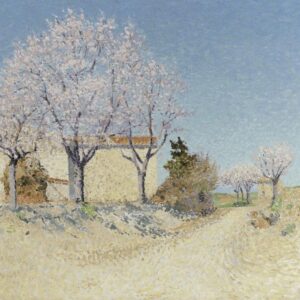
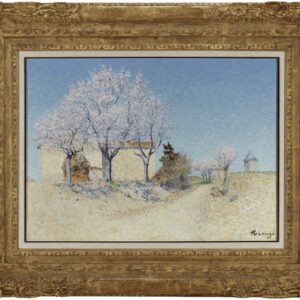
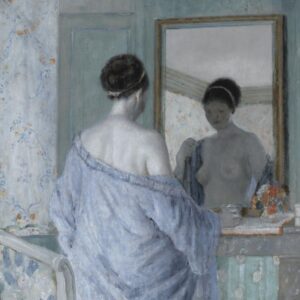
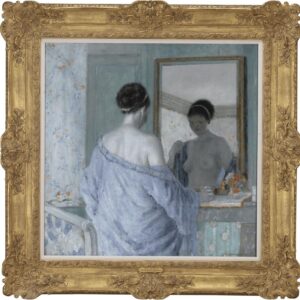
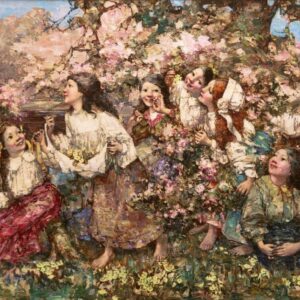



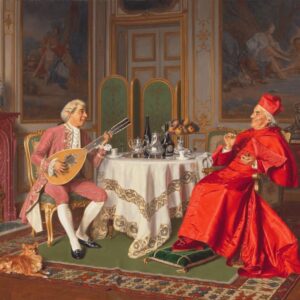

Reviews
There are no reviews yet.